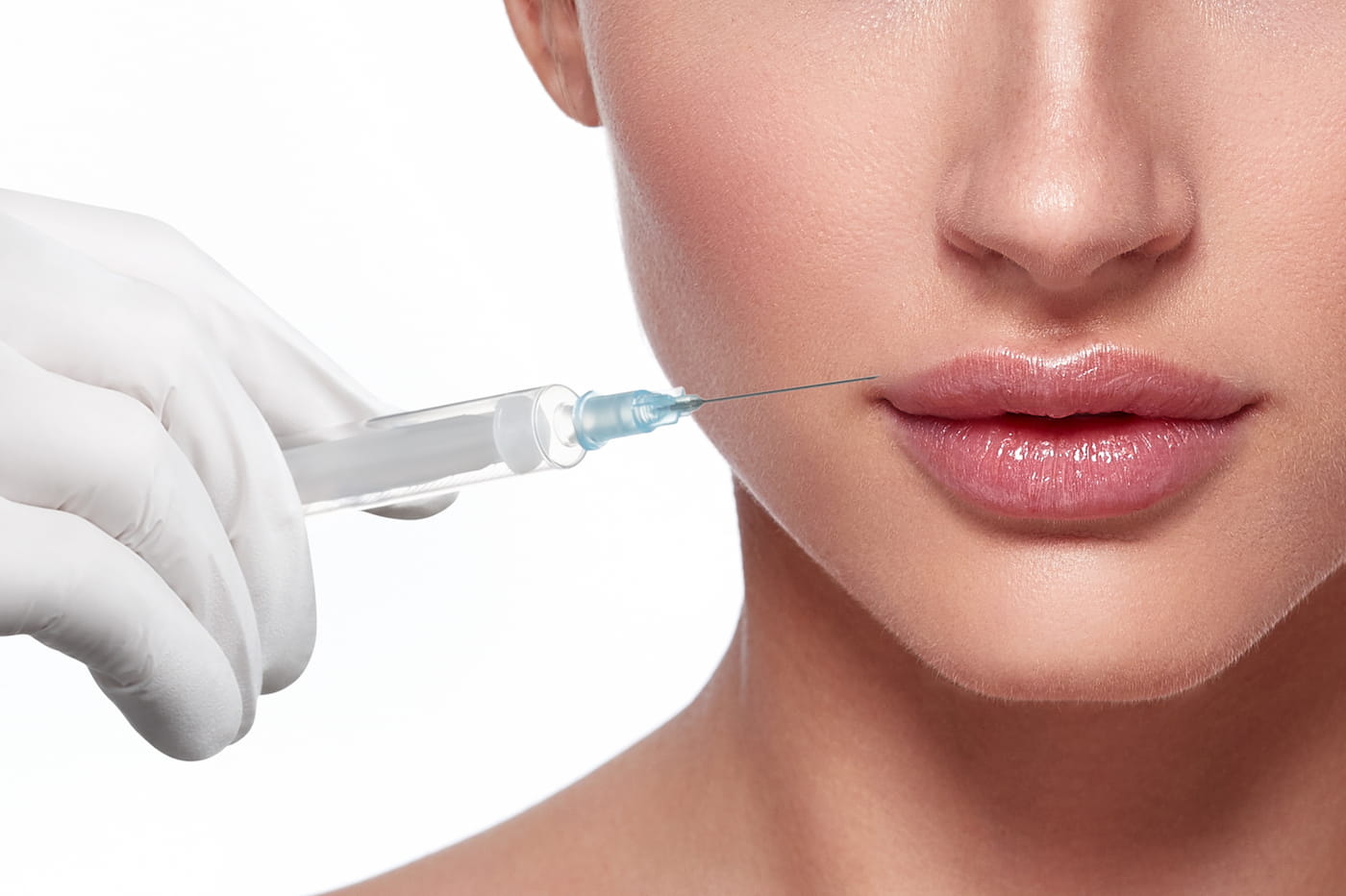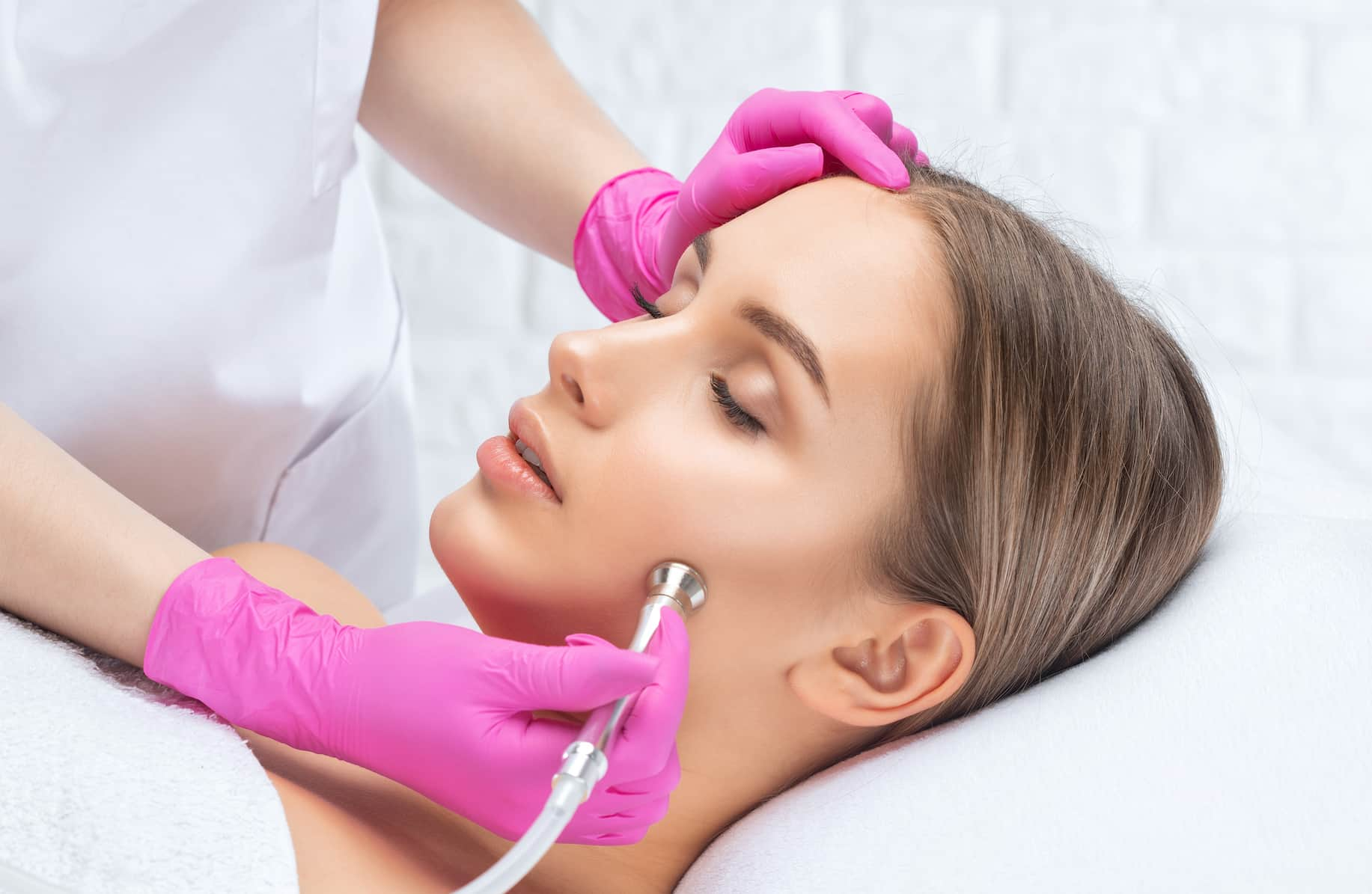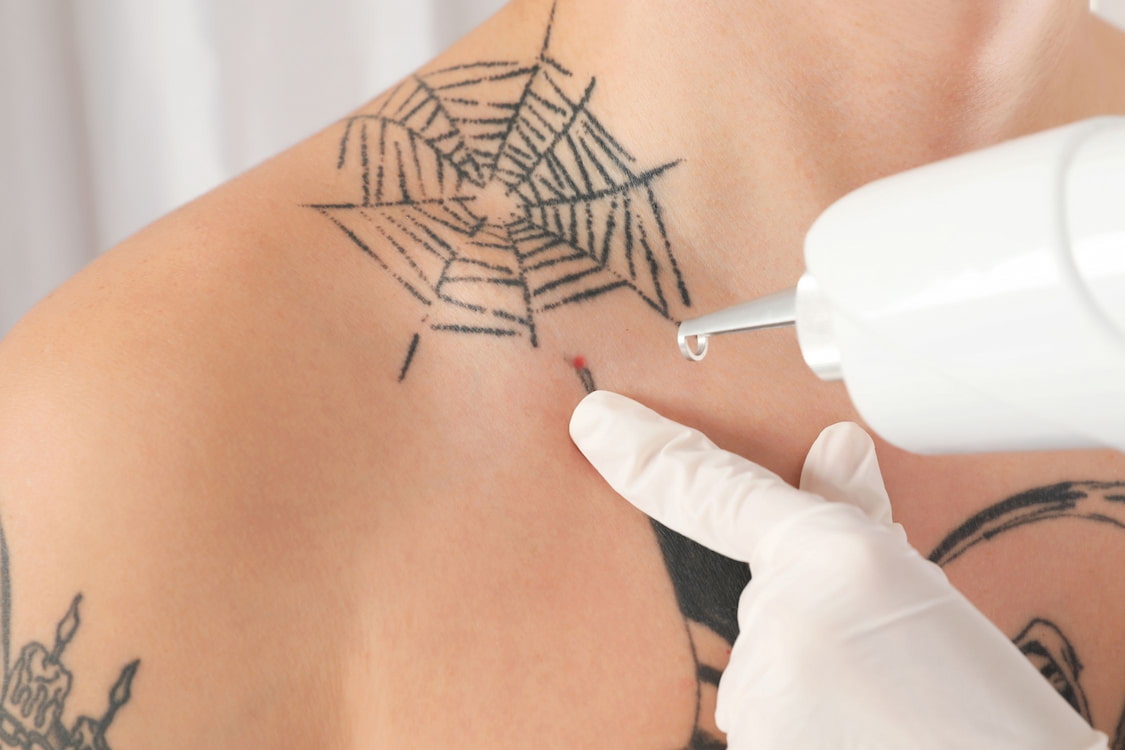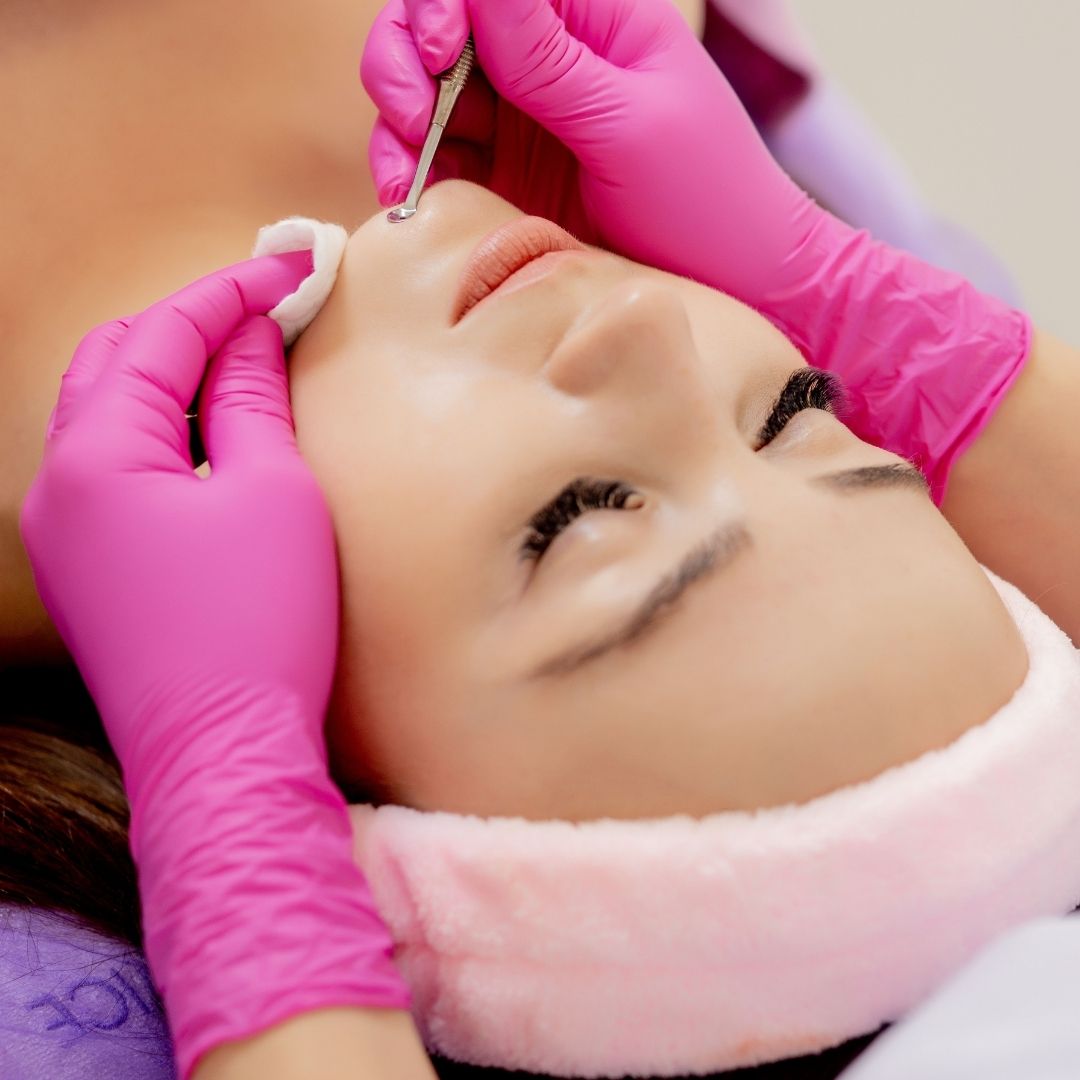
Lip Filler Migration: Why It Happens and Ways To Prevent It
Lip fillers are a popular cosmetic treatment that can add volume and definition to the lips. However, one of the most common concerns among patients is the risk of filler migration. Filler migration occurs when the product moves from the intended injection site to other areas of the face, leading to an unnatural or uneven appearance.
In this article, we will explore the causes of lip filler migration and provide five ways to prevent it. We will discuss the importance of choosing the right injector and product, avoiding over-injecting, following post-treatment instructions, and being aware of potential side effects. Additionally, we will highlight the importance of regular touch-up treatments to maintain a natural and smooth appearance. By understanding the causes of filler migration and taking steps to prevent it, patients can achieve natural-looking results and enjoy the benefits of lip filler treatments.
Why Filler Migrates?
Despite the many benefits of lip filler treatments, there is always a risk of filler migration. Filler migration can occur due to a variety of factors, including over-injecting, using the wrong product, bad placement, and inflammation.

Over Injecting
Over injecting is one of the main reasons why lip fillers can migrate. Injecting too much filler or injecting it too deeply can cause the filler to spread away from the intended area, leading to an unnatural and uneven appearance. Overfilling can also put too much pressure on the surrounding tissues, causing the filler to move around even more.
It is important to work with an experienced and qualified injector who has a good understanding of facial anatomy and can inject the filler in the appropriate amount and location. A skilled injector will be able to assess the patient’s facial features and determine the correct amount of filler needed to achieve the desired results. They will also be able to inject the filler in a way that ensures it stays in the intended location and does not migrate.
In some cases, over injecting can be the result of the patient’s unrealistic expectations or pressure from the patient to inject more filler than is necessary. It is important for injectors to educate their patients about the limitations of filler and help them understand what is achievable with the amount of filler that is appropriate for their facial features.
In order to prevent over injecting, it is important for both the injector and the patient to communicate openly and honestly about the desired results and the amount of filler needed to achieve those results. A skilled injector will take the time to listen to the patient’s concerns and goals and work with them to create a treatment plan that is tailored to their individual needs.
If a patient does experience filler migration as a result of over injecting, it is important to seek the help of an experienced injector to correct the issue. In some cases, the filler may need to be dissolved and then reinjected in the correct location. In more severe cases, surgery may be necessary to correct the issue. It is always best to work with an experienced injector who has a good track record of achieving natural-looking results and minimizing the risk of complications such as filler migration.
The Wrong Product
Using the wrong type of filler product can also contribute to filler migration. Not all fillers are created equal, and each product has unique properties that make it better suited for certain areas of the face. For example, a filler that is ideal for the cheeks may not be the best option for the lips.
Using the wrong type of filler can cause it to spread or migrate away from the intended location. This can result in an uneven appearance or an unnatural look. It is important for injectors to have a good understanding of the different types of fillers available and which ones are best suited for each area of the face.
In addition to choosing the right type of filler, it is also important to choose a high-quality product from a reputable manufacturer. Cheaper or off-brand fillers may be more prone to migration or other complications. It is important to work with a qualified injector who uses only top-quality filler products to ensure the best possible results.
If a patient does experience filler migration as a result of using the wrong type of filler, it may be necessary to dissolve the filler and then reinject it using the appropriate product. It is important to work with an experienced injector who can assess the situation and recommend the best course of action. In some cases, surgery may be necessary to correct the issue.
To prevent filler migration due to using the wrong product, it is important to work with a qualified injector who has a good understanding of the different types of fillers available and which ones are best suited for each area of the face. Patients should also do their own research and choose an injector that uses only top-quality products from reputable manufacturers. By working with a qualified injector and using the right product, patients can minimize the risk of complications such as filler migration and achieve the best possible results.
Bad Placement
Another reason why filler can migrate is due to bad placement. This can happen when the injector does not have a good understanding of facial anatomy or injects the filler in the wrong location. When the filler is not placed correctly, it can move away from the intended area and cause an unnatural or uneven appearance.
It is important for injectors to have a good understanding of facial anatomy and to be able to identify the best location to inject the filler. This involves considering the patient’s unique facial features, such as the shape and size of their lips, as well as their overall facial symmetry. A skilled injector will also take into account the patient’s individual goals and work with them to create a treatment plan that is tailored to their needs.
In order to prevent bad placement, patients should choose an experienced injector who has a good track record of achieving natural-looking results. The injector should take the time to assess the patient’s facial features and determine the best location to inject the filler. They should also take into account the patient’s individual goals and work with them to create a treatment plan that is tailored to their needs.
If a patient does experience filler migration due to bad placement, it may be necessary to dissolve the filler and then reinject it in the correct location. In some cases, surgery may be necessary to correct the issue. It is important to work with an experienced injector who can assess the situation and recommend the best course of action.
To prevent filler migration due to bad placement, it is important to choose an experienced injector who has a good understanding of facial anatomy and who can identify the best location to inject the filler. Patients should also be open and honest with their injector about their goals and concerns. By working with a qualified injector and communicating effectively, patients can minimize the risk of complications such as filler migration and achieve natural-looking results.
Inflammation
Inflammation is another factor that can contribute to filler migration. When the body experiences inflammation, it can cause the filler to move away from the intended area. This can be due to a variety of factors, such as an infection, an allergic reaction, or an autoimmune response.
Inflammation can occur after any type of injectable treatment, but it is more likely to happen if the patient has a preexisting condition such as rosacea or eczema. Patients who have a history of allergies or autoimmune disorders may also be at a higher risk of experiencing inflammation after a filler treatment.
To prevent inflammation and the resulting filler migration, patients should inform their injector of any preexisting medical conditions or allergies they may have. It is also important to follow any post-treatment instructions provided by the injector, such as avoiding excessive sun exposure or certain types of skincare products.
If a patient does experience filler migration as a result of inflammation, it may be necessary to dissolve the filler and wait until the inflammation has subsided before reinjecting it. It is important to work with an experienced injector who can assess the situation and recommend the best course of action.
How to Fix Migrated Lip Filler?
If a patient has experienced migrated lip filler, there are several options available for fixing the issue. The appropriate course of action will depend on the severity and nature of the migration.
Massaging the area: In some cases, massaging the migrated filler can help to redistribute it and smooth out any bumps or irregularities. However, this should only be attempted under the guidance of an experienced injector.
Dissolving the filler: If the migration is significant, it may be necessary to dissolve the filler using a product such as hyaluronidase. This enzyme breaks down the filler and allows it to be absorbed by the body. The injector will carefully evaluate the area to determine the appropriate amount of hyaluronidase to use.
Reinjection: Once the filler has been dissolved, the area can be reinjected with fresh filler. This will require another treatment session and may involve additional costs.
Surgery: In rare cases where the migration is particularly severe or has caused significant asymmetry, surgery may be necessary to correct the issue. This is typically a last resort and should only be performed by a qualified plastic surgeon.
It is important to note that fixing migrated lip fillers can be more complex than the initial treatment. It is crucial to work with an experienced injector who has a good understanding of facial anatomy and who can assess the situation and recommend the best course of action.
Can Filler Migration Be Prevented?
While it is not always possible to prevent filler migration completely, there are steps that can be taken to minimize the risk. Here are some ways to prevent filler migration:
Follow post-treatment instructions: After a filler treatment, patients should follow any post-treatment instructions provided by their injector. This may include avoiding certain types of skin care products or activities that could irritate the treated area.
Be aware of potential side effects: While filler treatments are generally safe, there is always a risk of side effects such as swelling, bruising, or infection. Patients should be aware of these risks and should contact their injector if they experience any unusual symptoms.
Get regular touch-ups: Over time, the body will absorb some of the filler, which can lead to unevenness or asymmetry. Regular touch-up treatments can help to maintain a smooth and natural-looking appearance and minimize the risk of filler migration.
In conclusion, while filler migration cannot always be prevented completely, there are steps that patients can take to minimize the risk. Choosing an experienced injector, selecting the right product, avoiding over-injecting, following post-treatment instructions, being aware of potential side effects, and getting regular touch-up treatments can all help to prevent filler migration and achieve natural-looking results.
Get the Right Lip Fillers at Healthy Turkiye
At Healthy Turkiye, we are committed to providing our patients with safe and effective lip filler treatments that deliver natural-looking results. Our team of experienced injectors has the knowledge and expertise to help patients achieve their desired look while minimizing the risk of filler migration. Whether you are interested in adding volume to your lips or enhancing their shape and definition, we can help you achieve the look you want with the right lip filler product.



